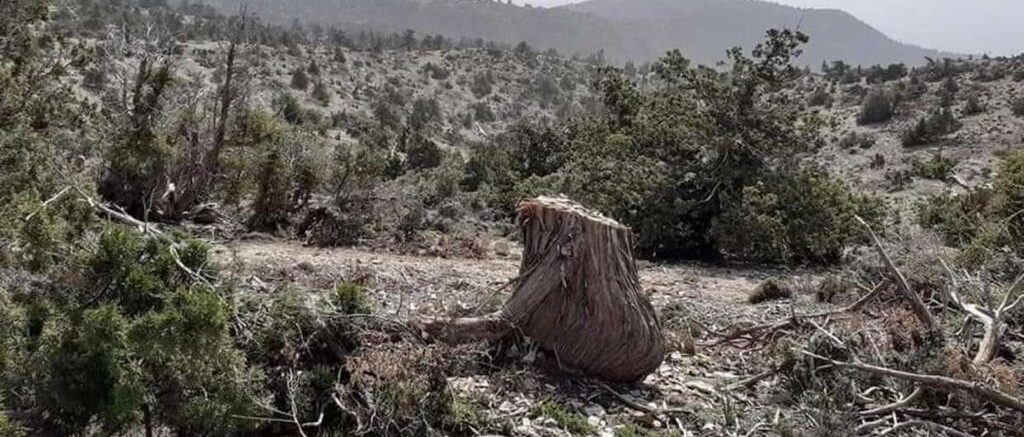Summan Ismail:
The Ziarat Juniper Forest, nestled in Pakistan’s Balochistan territory, stands as a testament to nature’s splendor and history’s embrace. This ancient forest is renowned for its towering, thousand-year-old Juniper trees, which rank among the world’s oldest and tallest. This article explores the profound significance of the Ziarat Juniper Forest, its historical roots, ecological importance, and the pressing need for conservation efforts.
A Glimpse into History
The story of the Ziarat Juniper Forest is a journey through time. Once inhabited by nomadic tribes, these Juniper trees served as versatile resources. They provided fuel, construction materials, and medicinal remedies, ingraining themselves in the local culture. Over generations, the forest became a cherished asset, safeguarded by tribal elders.
A Global Ecological Gem
In recent years, the Ziarat Juniper Forest has garnered international recognition for its unique and vital ecosystem. It is an integral part of the region’s biodiversity, hosting a diverse array of plant and animal species. Furthermore, the Juniper trees themselves offer a rich source of genetic information, fueling discoveries in ecology and herbal science.
The Dark Side of Progress
While the past decade has brought comfort and progress to the region, it has come at a steep price. One industry that has thrived at the expense of the forest is the furniture sector, leading to extensive deforestation. These ancient woodlands, found mostly at altitudes above 2000 meters, are under severe threat. The Ziarat region, home to approximately 5000-year-old Juniperus species, faces rampant deforestation due to domestic fuel consumption, agricultural expansion, construction, medicinal use, and furniture production.
Alarming Trends: A Deforestation Study
A recent report titled “Observing Carbon Stock and Land-Use Change in 5000-Year-Old Juniper Woods Stand of Ziarat, Balochistan, through a Synergistic Methodology” conducted a comprehensive analysis of the forest. The study revealed a substantial reduction in the Juniperus tree population from 71,005 hectares to 50,311 hectares between 1988 and 2018, alongside a decline in agricultural land in the same period. This academic publication also noted a decrease in the forest’s carbon supply, primarily due to deforestation.
Protecting Wildlife and Promoting Sustainable Tourism
Conservation efforts are underway to protect the diverse wildlife within the Ziarat Juniper Forest. Endangered species such as the Asiatic Mountain Bear, Snow Leopard, and Markhor call this forest home, and preserving their habitat is paramount. Simultaneously, initiatives aim to promote sustainable tourism, allowing visitors from around the world to appreciate the forest’s natural beauty and ecological significance.
The Call to Action
The allure of the valuable Juniper wood has led to its exploitation, with reports even implicating authorities in the illegal trade. To secure the future of this ancient forest, immediate action is essential. It is imperative that we collectively embrace sustainable practices, raise awareness, and curb deforestation. Only by doing so can we ensure the preservation of this unique species and its vital role in our natural world. Together, we must act responsibly to safeguard the Ziarat Juniper Forest for generations to come.





